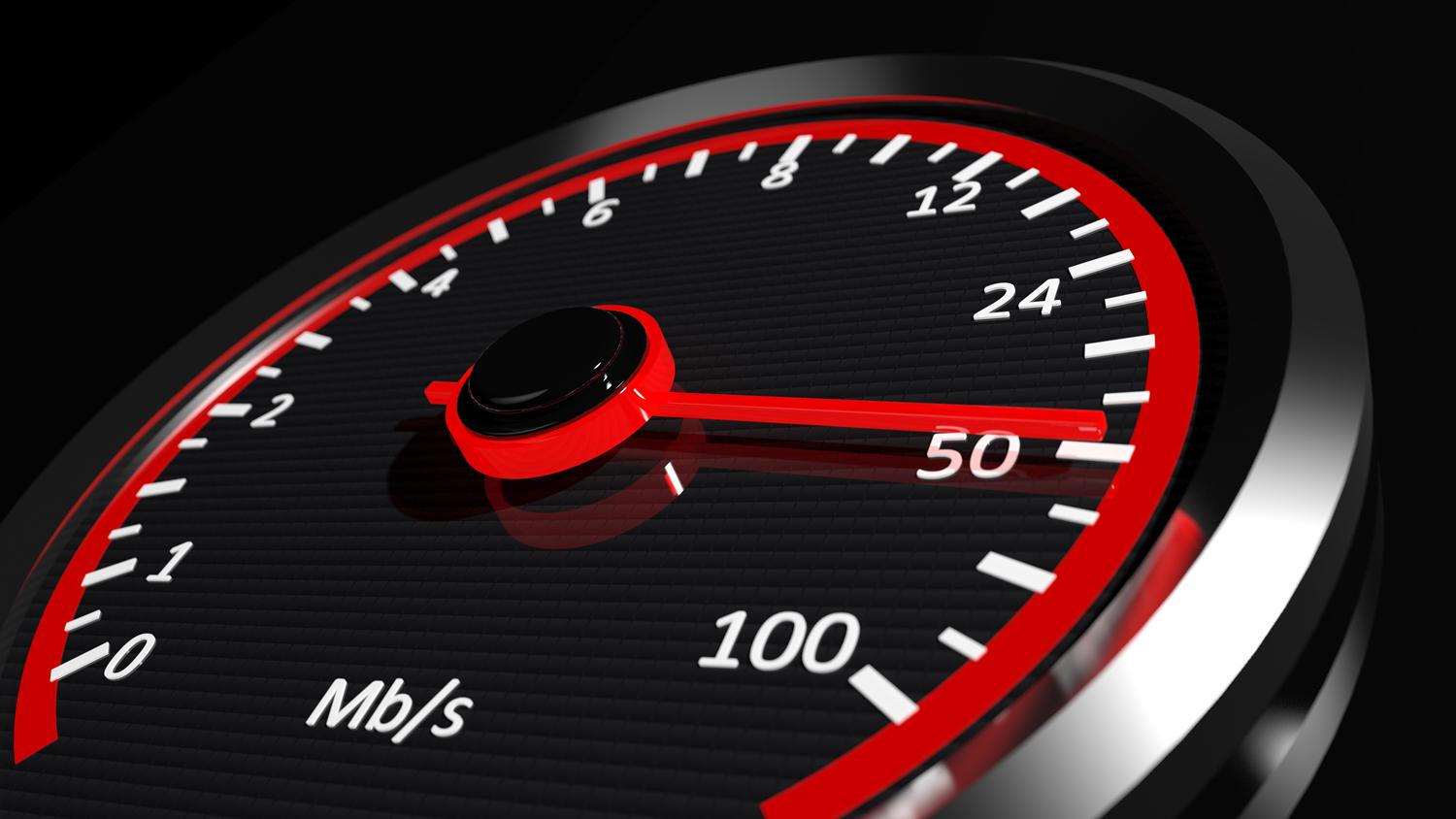After the requirement to specify the exact connection speed, UK providers reduced advertising figures by an average of 41%

There are real legends about how broadband Internet providers measure real indicators of their network bandwidth. The indicators seem to be high, but few of the providers' clients receive the speed of access to the global network promised by their provider. The fact is that in almost all countries, service providers were allowed to indicate the maximum possible speed. And this means optimal conditions that are hardly achievable (for example, simultaneous work in the network of a limited number of users in a specified region at night).
Back in 2010, the Federal Communications Commission of the United States published a report stating that providers had an overestimate of real speed relative to real by approximately 63-116%. Over time, the situation has not changed - the excess of “exponential” values relative to real values is tens of percent even now. But the situation is beginning to change, at least in the UK.
In this country, the regulator demanded that the companies that provide communication providers display the actual connection speed that each client can receive. As a result, for a very short period of time, the tariffs advertised by the companies “have lost weight” by about 41%. The point is that providers had to cut the network access speed characteristics, which were demonstrated to the end user, by about half.
')
There are many examples, companies such as BT, EE, John Lewis Broadband, Plusnet, Sky, Zen Internet, Post Office, SSE, TalkTalk and Utility Warehouse, which previously indicated channel bandwidth as “up to 17 Mbps”, have now changed numbers, leaving "10-11 Mbit / s." Vodafone even had to rename some tariffs. If earlier they were called Fiber 38 and Fiber 76, now it is Superfast 1 and Superfast 2.
The new rules were introduced by the British regulator, Committees of Advertising Practice, in May of this year. Representatives of the organization did not like the fact that providers could indicate fantastic for their conditions indicators that exceeded the actual by several tens or even hundreds of percent. Naturally, if the user sees in advertising "speed up to 50 Mbit / s", then he believes that he will get access to the global network at that speed. The reality is somewhat different.
New rules require you to show a value that will correspond to the real state of affairs even at the time of peak load on the network. The rules were introduced after the publication of the research results of the analytical agency “Which?”. It found that the British pay for the Internet connection, which is about half as fast as the provider said. The study covers 235,000 cases studied by company employees. “On average, subscribers pay about 38 Mbit / s for speed, but in reality they receive about 19 Mbit,” the report says.
In other countries, there are no such rules yet - in Europe, the USA, Russia and other regions, providers still indicate the maximum possible speed of the network (sometimes it is just the value "from the ceiling") to attract new subscribers. True, in the US, providers are sometimes punished for deceiving customers. For example, the regulator in this country forced Comcast to stop advertising its broadband access to the network as the “fastest internet in America” and “the fastest home wifi”.
In addition, in the United States, the connection speed was compared regularly in comparison with the stated one. These works were carried out from 2011 to 2016. Now, however, they are no longer carried out.
Earlier this year, the company Ookla (Speedtest service) published a rating of Russian providers, based on network bandwidth. The rating was based on the results of approximately 8 million measurements of the speed of subscribers of various companies. The leader was “Dom.ru” with 44 Mbps (average speed). It was slightly inferior to Rostelecom with an average access speed of 32.5 Mbit / s. And in third place - “VimpelCom” with an average speed of about 31 Mbit / s.
Source: https://habr.com/ru/post/419575/
All Articles